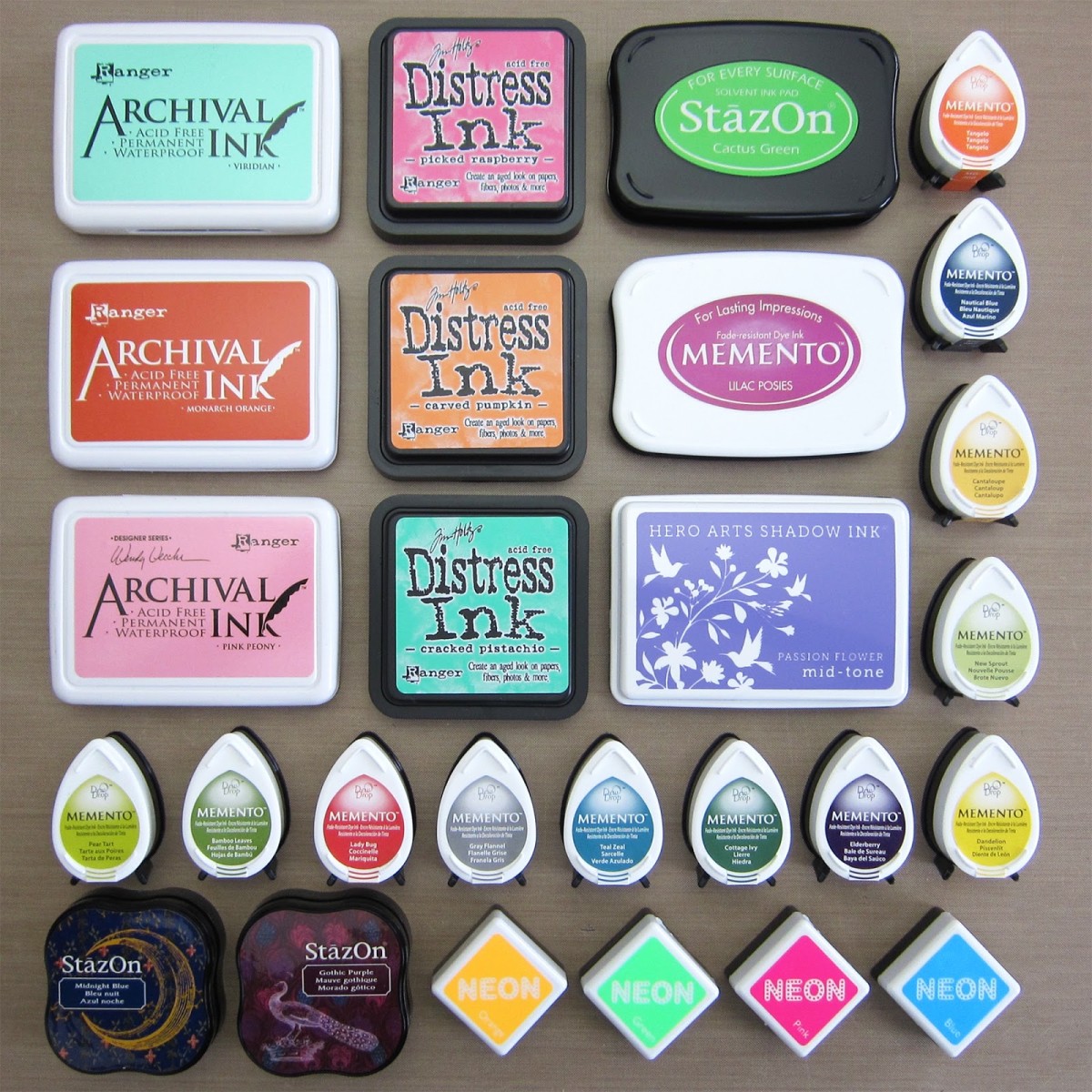How to Print on Fabric

To print photos and other images onto fabric we need to address printers, inks, pre-treated fabric sheets, washing instructions, and where to obtain images to print on fabric.
Difference between laser and inkjet printers
Inkjet printers use chemicals (dye or ink) instead of heat to transfer images. They work great with pre-treated inkjet fabric sheets since the fabric sheets include chemicals designed to work with the chemicals in the ink. Because new inkjet printers and inks are introduced every month (by companies like Hewlett Packard, Epson, Canon, Lexmark, Brother, Kodak and others), it is impossible to be familiar with every printer and ink out there. The best advice I can give you is to try the printer on fabric before committing to it. (Be sure to purchase your printer from a place that will let you return it within 30 days if you are unhappy with it.)
Remember when choosing a printer that the price of the ink is more important than the price of the printer. Check this out before you buy. Never use recycled, re-manufactured or off-brand ink. Always use the manufacturers ink when printing on fabric and stay away from special inks designed for use on photographic paper.
Laser printers use primarily heat to fuse the toner. Never put a fabric sheet into a laser printer. You run the risk of ruining your laser printer and possibly starting a fire. If you want to use your laser printer to get images on fabric, print your image (mirrored) onto transfer paper and then iron it onto your fabric. Or try using a waterslide decal transfer process.
Differences between dye-based and pigment ink
Dye-based inks are water based and quick drying. Pigment inks are more opaque and take longer to dry. Pigment inks do not handle abrasion as well as dye-based inks, so if your fabric will be washed or worn, you are better off using dye-based inks. If you are creating something that will not be washed (like a wall hanging) you may prefer to use pigment ink, as they tend to be a little more lightfast. However, HP, Epson and other manufacturers have improved the fade resistance of dye-based inks so they are more comparable to most pigments. Pigment inks cost more to manufacture than dye-based inks, so you may be paying more for the ink. Some of the newer printers use a combination of pigment and dye-based inks, which can give you the best of both.
Pre-treated fabric sheets
Unfortunately all pre-treated inkjet fabric sheets are not equal. In testing fabric sheets over the last ten years, I have found huge differences in brightness, color vibrancy, fabric softness and washability. I have been disappointed with most fabric sheets purchased at craft stores, office supply stores and sewing stores. Better quality fabric sheets can often be found at some quilt shops, at quilting and sewing festivals, and on the Internet.
On the Internet you can purchase pre-treated inkjet fabric sheets in cotton, various silks, and now even bamboo.
Washing your printed fabric sheet
Be sure to follow the directions that come with your fabric sheets if you plan to wash them. The ones I use have Step-by-step instructions included which need to be followed to ensure washability. Even then you need to be careful. You can’t just throw your fabric sheet creations in with your regular laundry. The directions are similar to how you would wash a fine antique quilt (delicate cycle, low PH soap, gentle drying).
Printing your image on Fabric
Any time you print on fabric, you should print your image on paper first to be sure the colors look good and there are no ink lines or streaks. Also check for seam allowance as printers have different default margin settings, and you could discover your image has been cut off on the top or bottom. Since the fabric sheets use the Plain Paper setting, print your image first on plain paper. It is a lot less expensive to throw away a test sheet on paper than to ruin a good fabric sheet ($2-$3 each).
Where to find images to print on fabric
Of course, your digital camera is one of the first things you’ll probably want to try. It is very important to make sure you have high enough resolution. Most digital cameras come factory set on a low resolution setting, so you’ll want to check and set it to the highest resolution. This may require purchasing a memory card so you can get more photos on your camera. The low-resolution images look great on your monitor, but don’t be fooled. When you go to print you may find that the image looks pixilated and jaggy. This is because you only need 72 dpi (dots per inch) to look good on a monitor, but you need 300 dpi (more than 4 times as much) to look good printed.
Old family photos are wonderful printed on fabric. You can either scan them into your computer, or if you have an all-in-one printer, lay them face down on the glass to print them on fabric. You can also try scanning and printing drawings, leaves, fibers, or other colorful objects.
Be careful about using images you find on the Internet for two reasons. One we just addressed is resolution. Most of the images on the Internet are 72 dpi, not suitable for printing. The other is copyright. You don’t want to violate anyone’s copyright. Don’t make the mistake of assuming you can use images on the Internet for free.
You can use photos from old antique books (1923 or older) without violating copyright, but don’t use more recent books or images without checking copyright and/or obtaining permission first.






